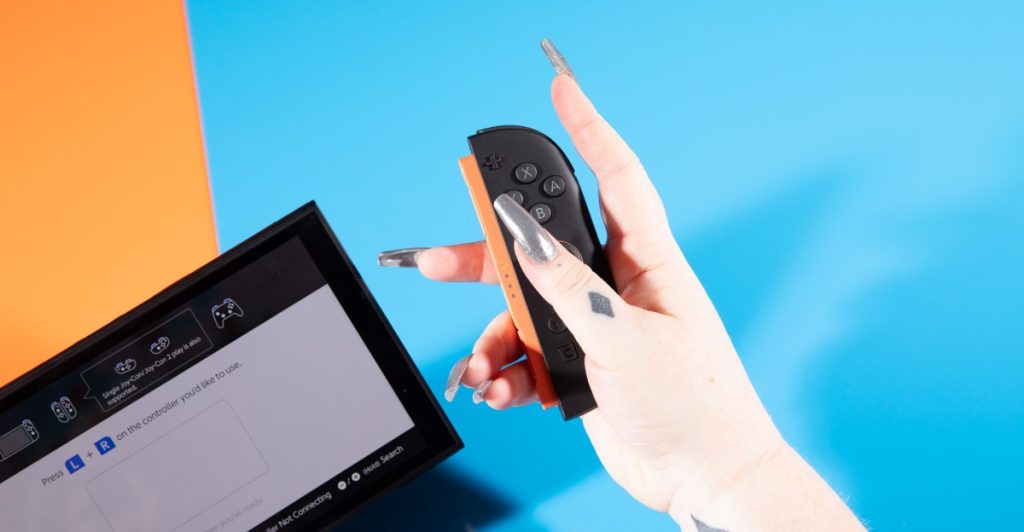One of the most notable aspects of the reveal of the Nintendo Switch 2 was its focus on accessibility. Historically, Nintendo has been recognized for accidentally creating solutions for accessibility while largely avoiding the comprehensive discussion around it. However, the Switch 2 introduces a more well-rounded consideration of accessibility needs that disabled gamers have long desired. This was further emphasized by a webpage dedicated to the accessibility features of the Switch 2 hardware.
However, detailed information was scarce, and no additional details appeared prior to the Switch 2’s launch. After spending a week with the Switch 2, I’ve discovered that the limited insights concealed a robust collection of accessibility features and improvements that somewhat compensate for the otherwise slow evolution of the Switch 2. Yet, there is a lingering feeling that this crucial information should have been readily available before its release.
How user-friendly is the setup? Very, but blind users might need help
Generally, I find setup tasks challenging due to cognitive disabilities. Nevertheless, I was pleasantly surprised by how straightforward the Switch 2’s setup was. While I encountered a few challenges with Virtual Game Cards (which I ultimately chose to skip), the entire process was intuitive and quick.
It’s worth noting that the accessibility features are unavailable during the setup process. The system’s text-to-speech function isn’t activated by default, and options for text sizing and zoom are also inaccessible at this stage. This poses a significant barrier for some users, and blind individuals may need sighted assistance during the initial setup.
Are Switch controllers and Joy-Cons compatible with the Switch 2? Yes, including the Hori Flex
The larger design of the Joy-Con 2 feels improved, as does the grip. However, the controller’s size and its square shape can still lead to hand discomfort. Fortunately, existing Switch controllers and Joy-Cons are compatible with the Switch 2, and the option to use the original Pro Controller is a positive addition.
Can you connect a USB keyboard? Yes
Some users find onscreen keyboards cumbersome or hard to use. The good news is that you can attach a USB keyboard through the console’s USB-C ports, which can be used even during the setup phase.
What is the text-to-speech speed? It varies, but US English averages 120–130 words per minute
While there’s no official measurement for the text-to-speech speed on the Switch 2, estimates suggest that both voice options average around 120-130 words per minute in US English. In UK English, it’s slightly faster at 130-140 words per minute. Various languages may exhibit different speeds. Additionally, some inconsistency was noted in repeated tests, which couldn’t be solely attributed to timing discrepancies.
What screens don’t support text-to-speech? The eShop
When text-to-speech is enabled, users are informed that it may not work on all screens. Currently, it seems to function across all system-level menus except in the Nintendo eShop, which is a critical oversight considering this is generally the first place players visit post-setup. Additionally, most games do not support system-level text-to-speech features, including Mario Kart World.
Can you remap controls? Yes at the system level
Players can remap all inputs for connected controllers within the Switch 2’s settings, allowing for customization for each Joy-Con independently. Additionally, there’s a quick-access option in the Switch 2 menu that can be accessed anytime by holding the Home button.
Unfortunately, it seems this feature isn’t available in Nintendo’s first-party titles. For instance, Mario Kart World lacks any in-game remapping options. While system-level remapping is helpful, in-game options are more practical and limit adjustments to specific actions, easing the process for users.
Overall, Nintendo’s advancements in accessibility are commendable, though their reluctance to share comprehensive details prior to launch is puzzling. Despite a few missteps, the Switch 2 offers a notable leap in accessibility and it’s crucial that future releases provide clear information about accessibility options to help players make informed choices.
The shift toward improved accessibility from Nintendo is a positive change. However, in limiting pre-release information, the rewarding aspects are slightly overshadowed by a tendency to keep players uninformed.



